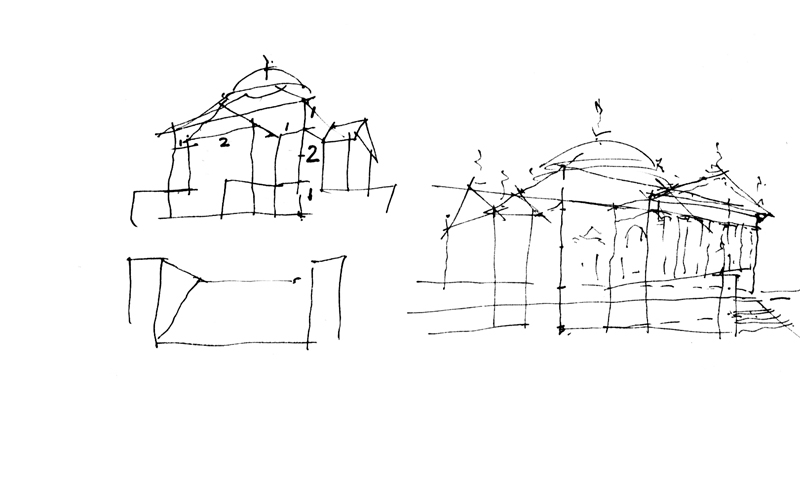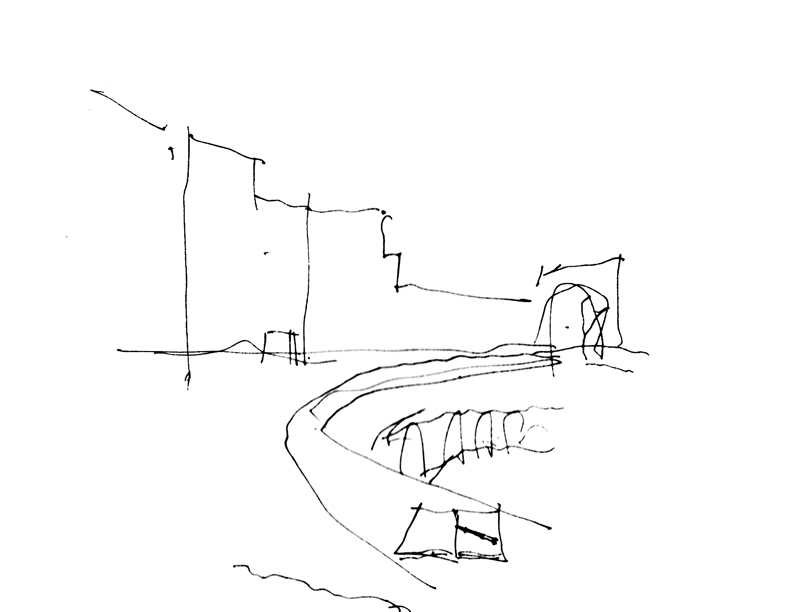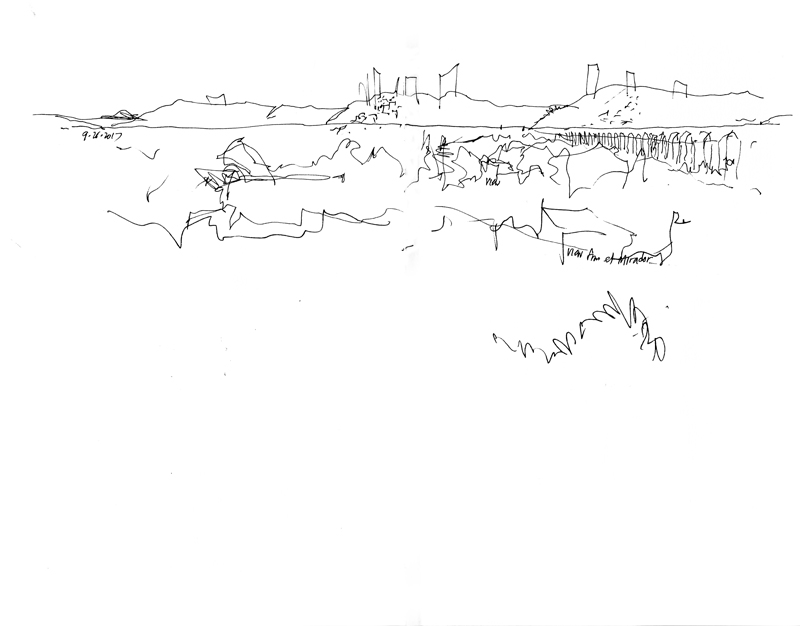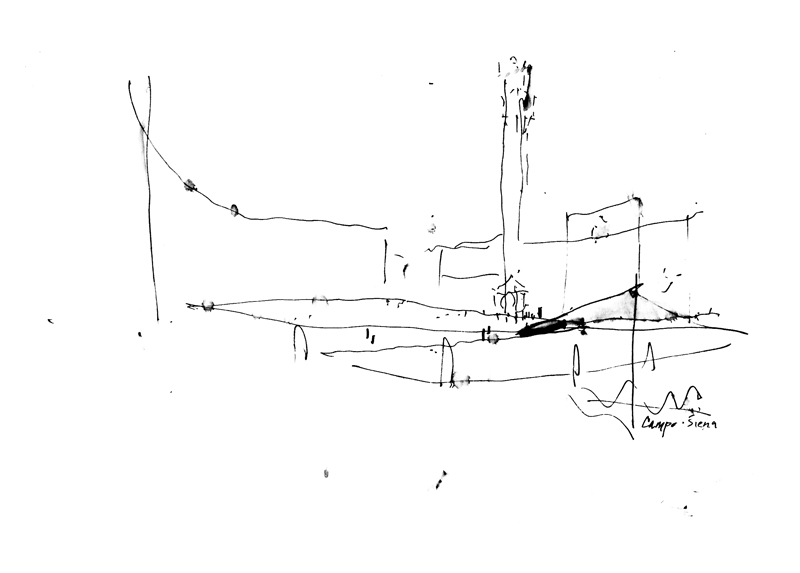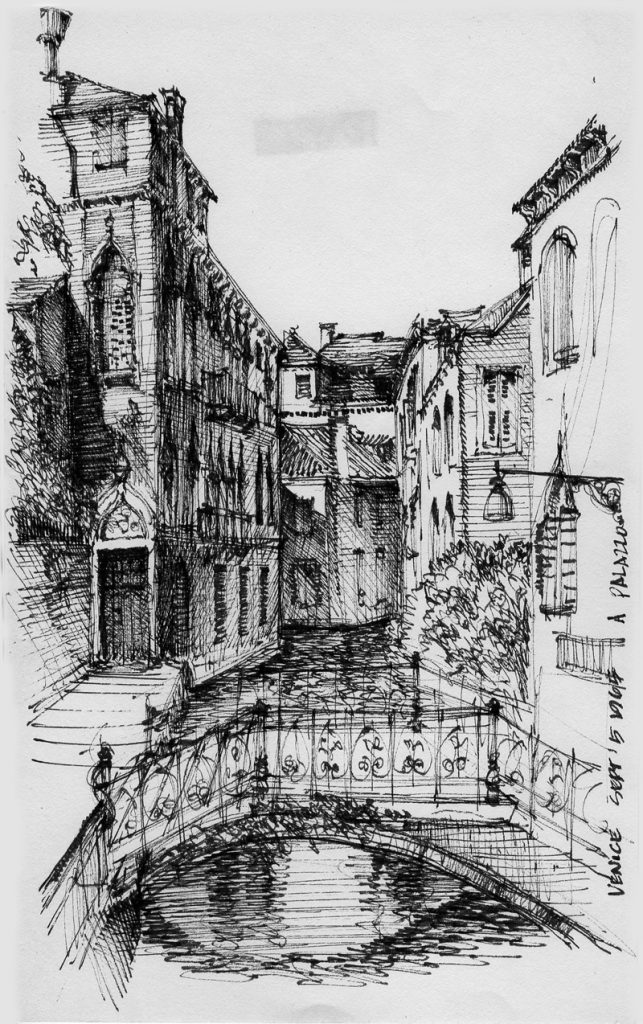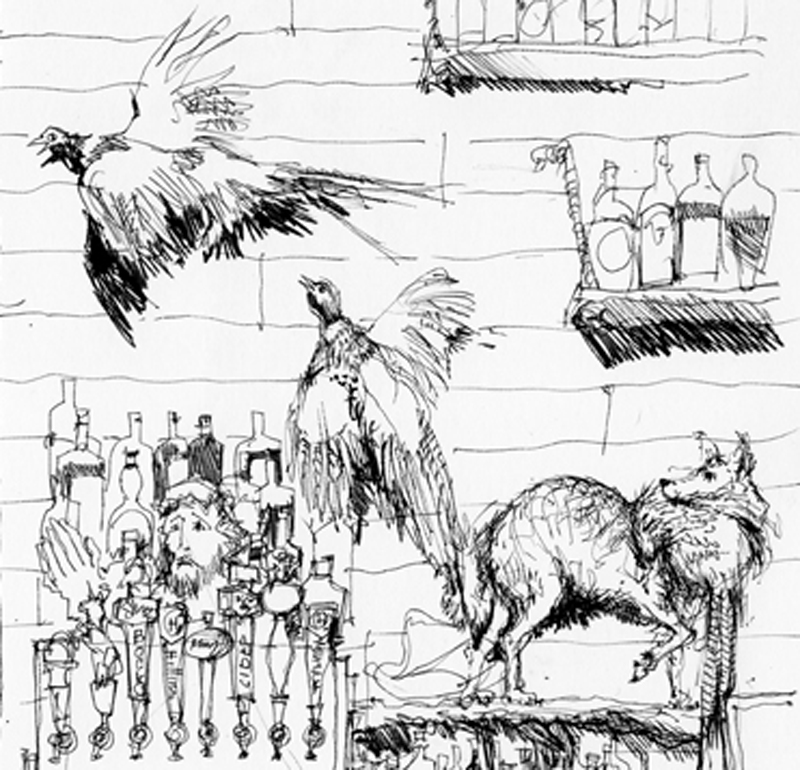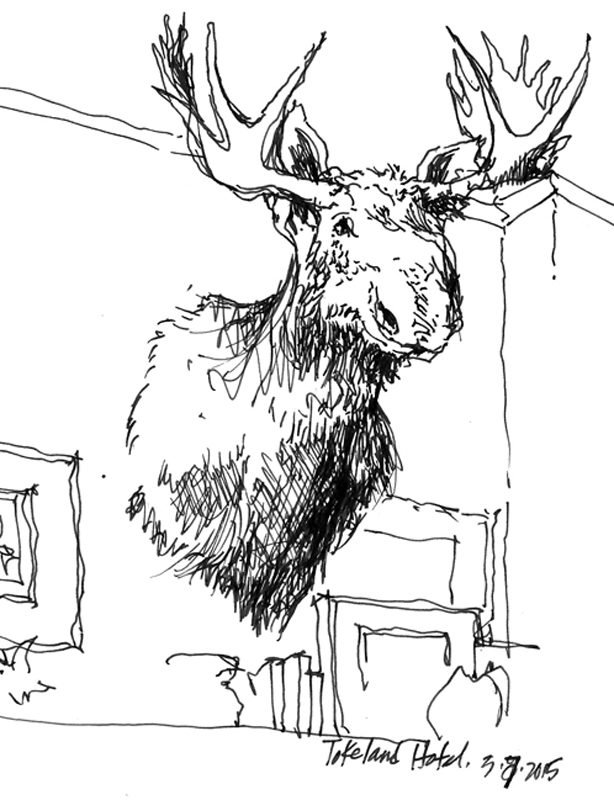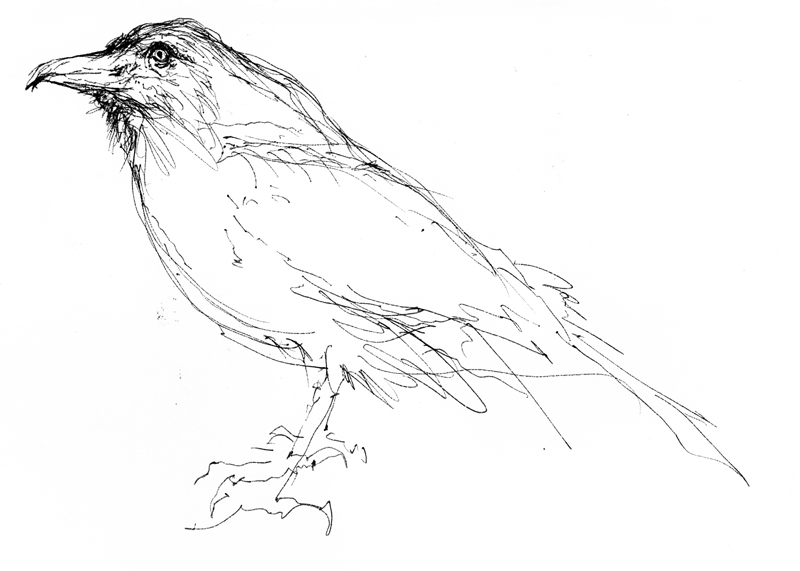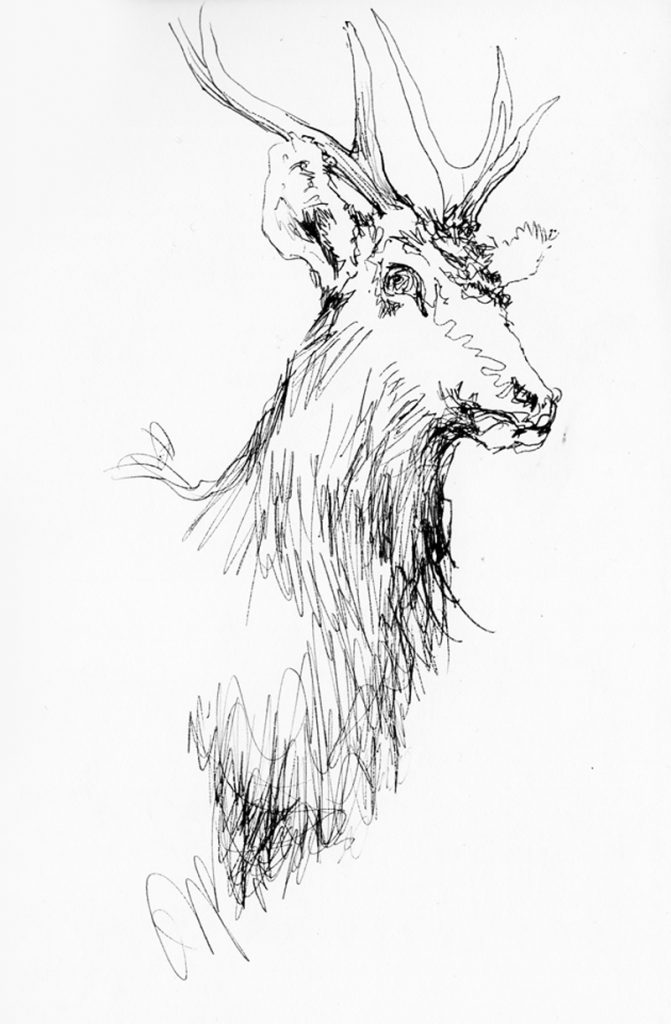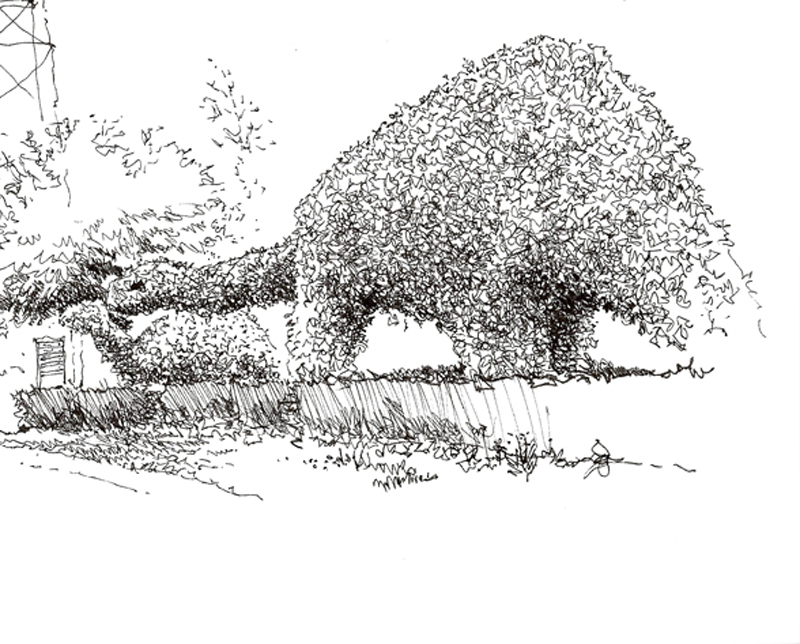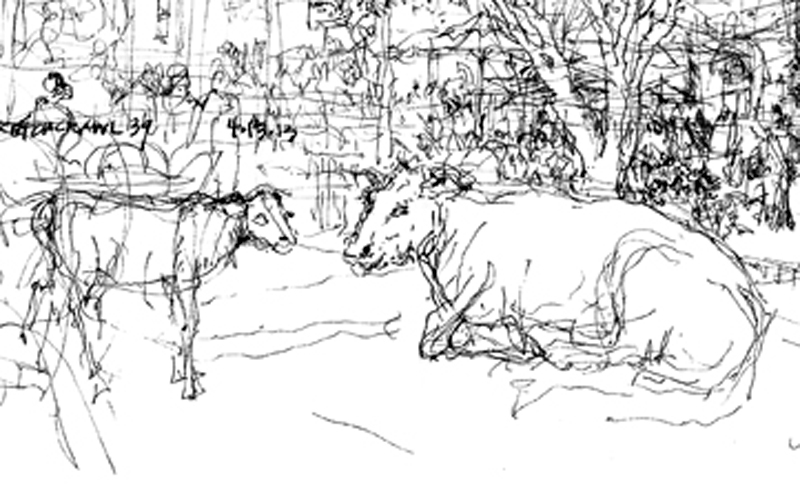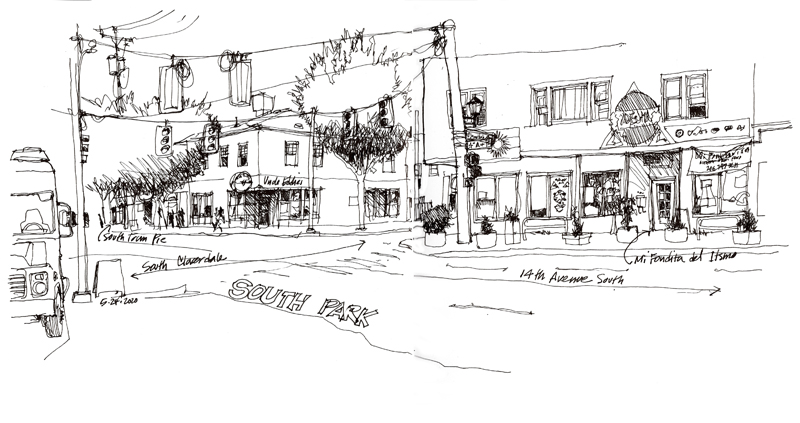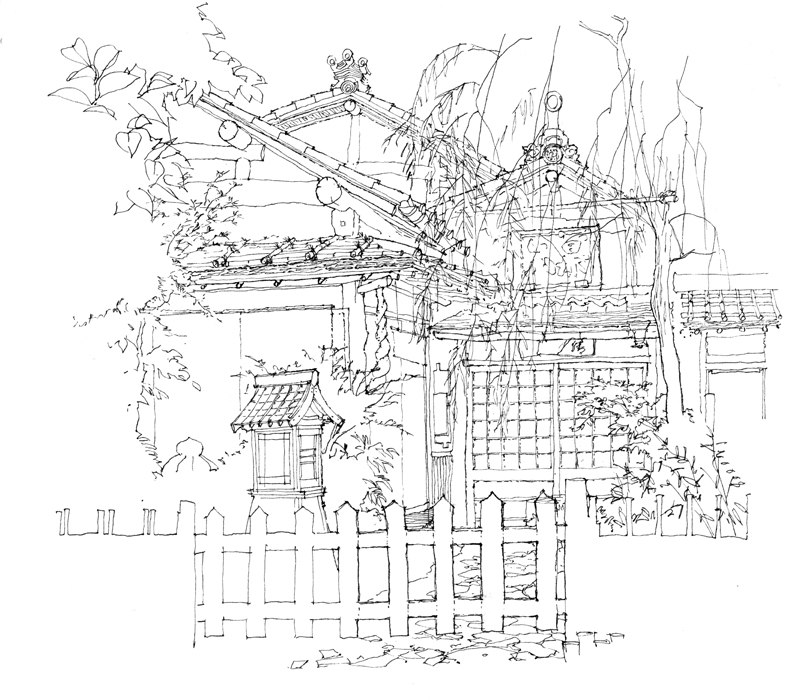
What do we see when we look out upon a scene we are about to draw? This has often been a question on my mind during workshops that I have taught. I suspect that when two of us stand side-by-side and gaze outward in the same direction, we might not see the same things. And even it we did, we might not be seeing those things in the same way.
This is not an argument for getting everyone to see the same things in the same way, and therefore, producing identical drawings of a scene. Seeing is subjective, influenced by our individual interests, experiences, and what each of us expect or believe to be “out there.” And in some sense, what you actually see is always going to seem to be unknowable to me, except through your drawings.

